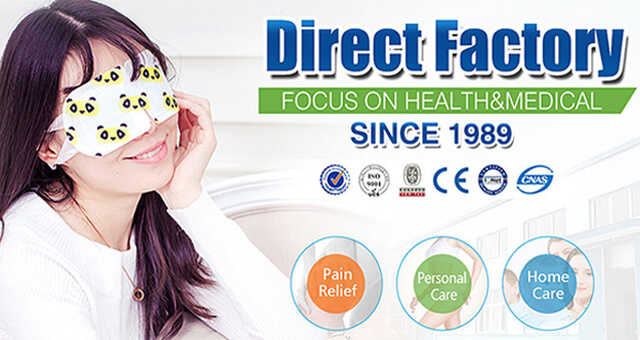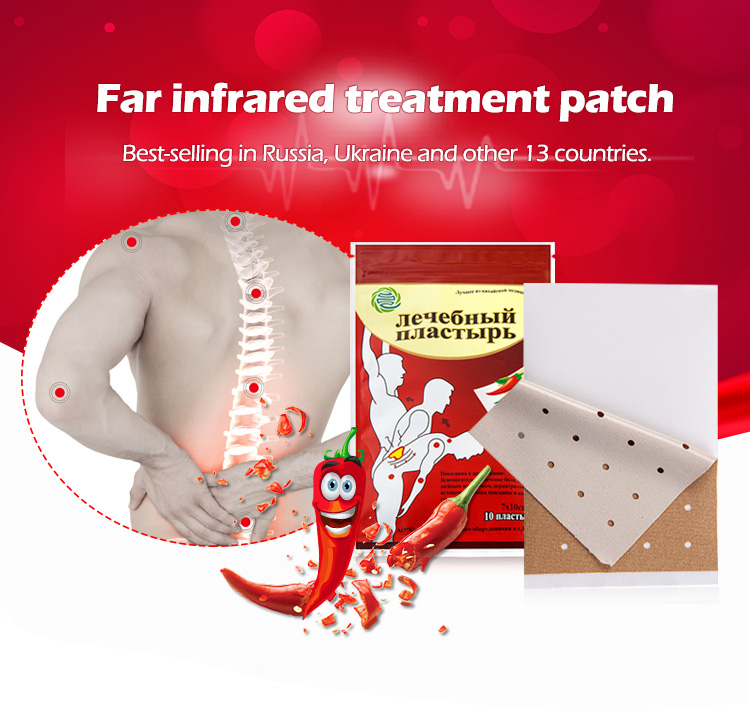Author:Kangdi 19-02-2024
01. Advancing Beyond Capsaicin Creams
Capsaicin plasters build on the topical analgesic efficacy of capsaicin creams used for decades. Capsicum Plaster allow continuous delivery while avoiding the need for frequent reapplication of messy ointments. New technologies are optimizing delivery for improved patient compliance and outcomes.
02. Extended-Release Polymers Prolong Effects
Patches made with polymers like acrylic adhesives slowly diffuse capsaicin into the skin over days rather than hours. This reduces the number of applications needed, improving adherence. Extended-release minimizes peaks and troughs in absorption.
03. Microfluidic Designs Enhance Dosing Control
Microfluidic channels integrated into transdermal patches meter out microliter capsaicin doses steadily. This precision helps avoid under or overdosing. Microfluidic patches are also thinner and more flexible for comfort.
04. Nanoparticle Carrier Systems Increase Potency
Encapsulating capsaicin in nanoparticle carriers before transdermal delivery enhances permeability, allowing lower therapeutic doses to achieve the same result. Nanoparticles also facilitate sustained release of active drug.
05. Hydrogel Matrix Patches Fit to Body Contours
Hydrogel pain patches made from polymers with high water content conform to the shape of the body for better skin contact. Improved adhesion prevents patch detachment and keeps the capsaicin supply continuous.
06. Heated Pain Patches Activate Capsaicin Release
Battery-powered patches allow users to turn on localized heat at the press of a button. Warming the patch to 100-104°F optimizes capsaicin absorption into underlying nerves by dilating blood vessels.
07. Wearable Sensors Track Efficacy and Usage
Patches with printed stretchable sensors can track skin temperature, motion, and conductivity changes to monitor therapeutic effects in real-time. Sensors also improve patient compliance tracking by recording when patches are applied or removed.
 0086 19937104978
0086 19937104978





